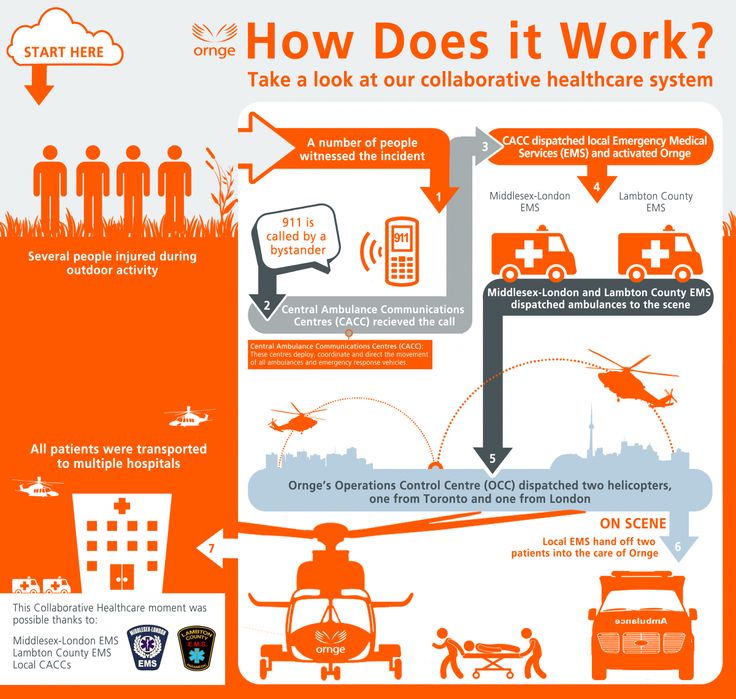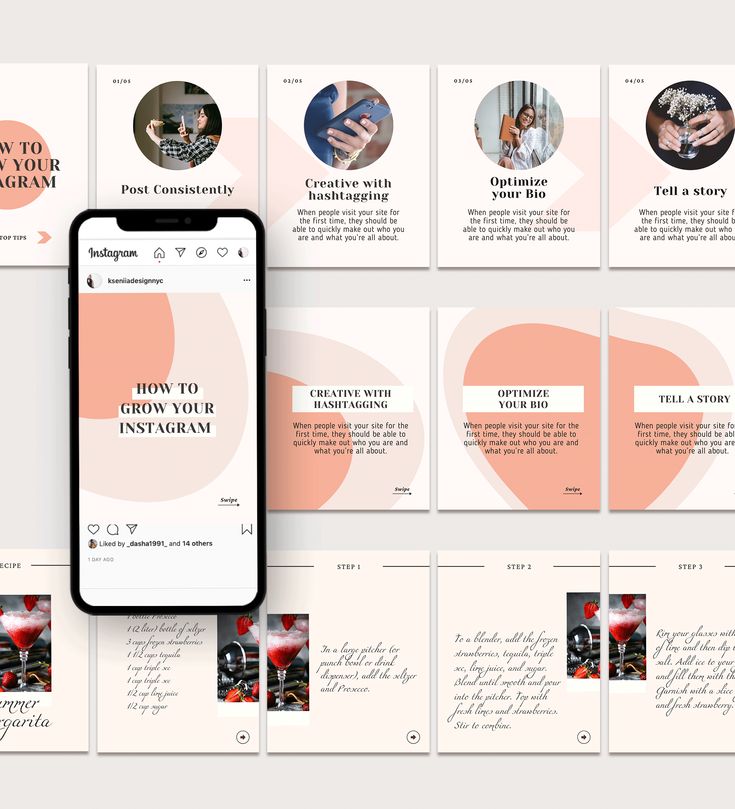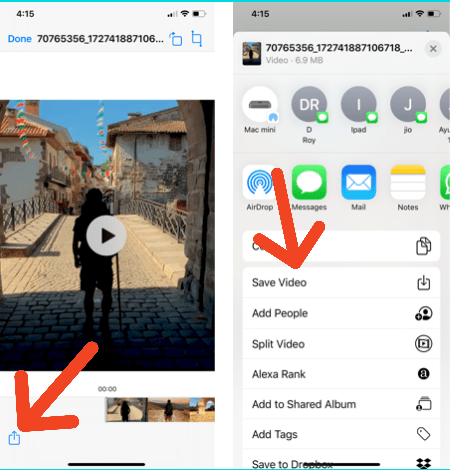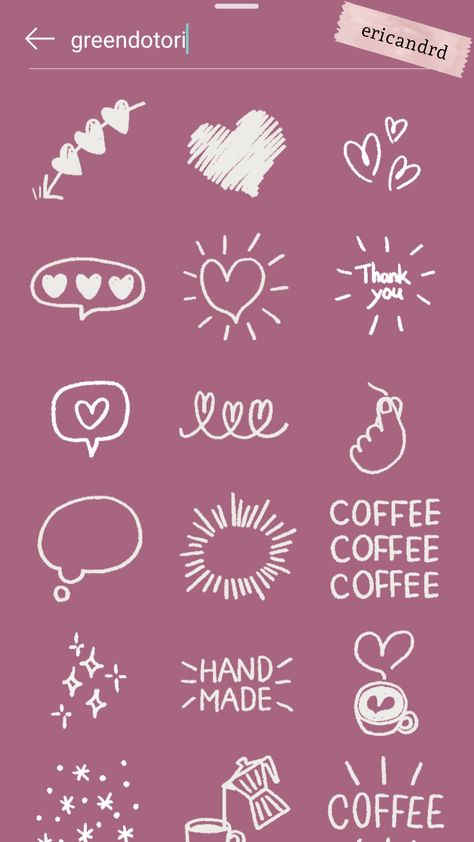How to change budget for instagram promotion
How To Set An Instagram Ad Budget
Instagram isn’t just for posting social media content organically. It’s also a tool used by businesses to increase engagement, grow followers and drive revenue. Instagram is used by about 800 million people across the globe, and is currently the fastest growing social network.
Since Instagram is owned by Facebook, advertisers have access to Facebook’s advanced tools. These make it possible to build Instagram ad campaigns that target exactly the right audience for their product or service.
Furthermore, Instagram is known for having better engagement than other platforms with regard to ads. A survey of social media influencers found that nearly 60% thought Instagram provided better engagement than other networks.
Here is how social media managers can create an Instagram campaign that is aligned with their business goals.
1. CALCULATE WHAT YOUR OVERALL BUDGET SHOULD BE.Setting an ad budget is a critical component of any successful campaign. Your ad budget and the period during which you want to display the content will influence how the Instagram ad network chooses to display content (see image below). Selecting an ad budget that is too small might mean that your ad will not reach all members of a target audience; however, one that is too large might strain your resources.
When calculating your ad budget, you should take into consideration what the goal of the campaign is, and how the return will be calculated. For example, if you are interested in using Instagram ads to drive revenue directly, then the metric to consider is new revenue. At a minimum, your ad budget should allow you to turn a profit.
A quick way to estimate if your Instagram ad budget is capable of generating a return on investment is by keeping your entire marketing funnel in mind. Here are some calculations that can help you determine whether your budget is sound:
- Pay per Click (PPC) * Number of Clicks = Ad Spend
- Number of Clicks * Website Conversion Rate (CR) = Number of Customers
- Number of Customers * Average Customer Value (ACV) = Revenue
- Revenue / Ad Spend = ROI
Using these calculations, you’ll be able to determine what your Instagram advertising budget should be in order to turn a profit.
Once you know what your advertising investment should be, it’s time to set a target audience. Creating an accurate target audience will help you improve the efficiency of your marketing funnel, which in turn will mean your advertising dollars are working more efficiently.
Since Facebook and Instagram collect a great deal of information about their users, advertisers have the ability to target Instagram users in a number of different ways. As mentioned above, the size and specificity of your custom Instagram audience will have an impact on the reach of your ad, and on the amount of money you will need to spend to reach the entire audience.
Take a look at the example above to understand some of the targeting options available to Instagram advertisers. Marketers can use parameters related to location, age and gender, in addition to self-declared interests, to create highly targeted advertisements.
Additional targeting parameters include connections (meaning an ad could be shown to users who are connected with people who already like your Instagram page) and behaviors. Behavior-based targeting allows advertisers to display an ad to Instagram users who have already taken a specific action. A common behavior-based ad type is retargeting ads, which are displayed only to Instagram users who visited specific pages on your company website.
Behavior-based targeting allows advertisers to display an ad to Instagram users who have already taken a specific action. A common behavior-based ad type is retargeting ads, which are displayed only to Instagram users who visited specific pages on your company website.
Running a behavior-based ad can be a great way to improve the conversion rate of your marketing funnel, thereby making it easier to justify an investment in Instagram advertising.
3. MONITOR PERFORMANCE AND ADJUST THE CAMPAIGN AS NEEDED.Once your Instagram campaign is live, it is critical that you use an Instagram analytics platform – such as SocialFox – in order to understand how your ad is performing.
Consider taking a two-pronged approach when monitoring performance. First, log in to your Facebook Ads Manager account. From there you will be able to see metrics related to audience reach, ad spend so far, ad engagement rates and ad click-through rates. Using this information, you can determine if the daily budget, PPC bid and total budget are optimized to ensure your ad has the funds to reach your target audience frequently enough.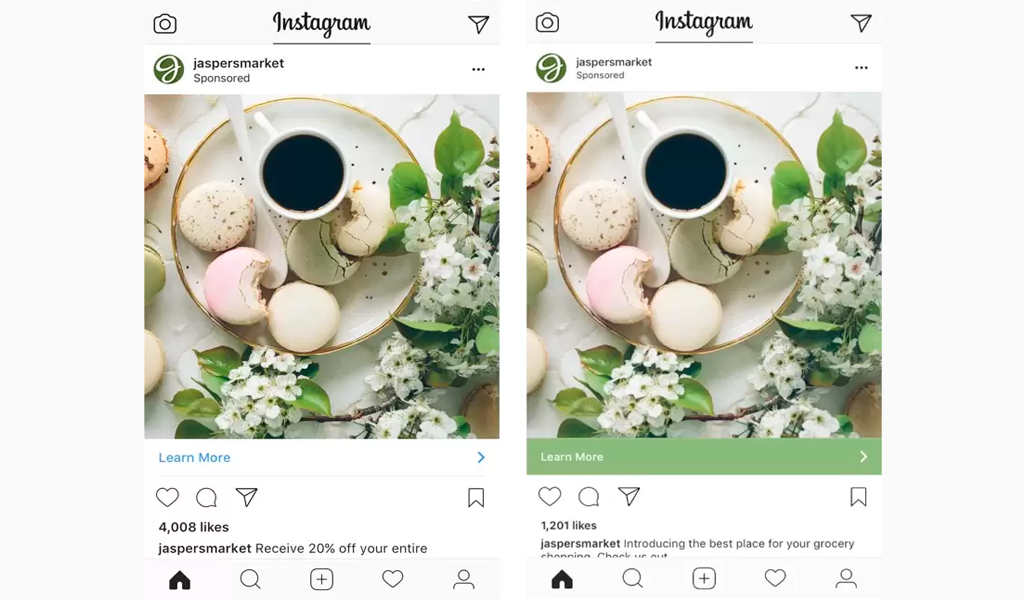 Again, to calculate the size of the audience you’ll need in order to reap a return, refer to calculations in section one.
Again, to calculate the size of the audience you’ll need in order to reap a return, refer to calculations in section one.
Second, a powerful Instagram analytics tool like Owlmetrics can help you track metrics related to follower engagement and follower growth (among others). This additional information will help you to know if your Instagram ad campaign has ancillary benefits in addition to contributing to the bottom line of your business. For example, it may be the case that people who view the ad directly do not engage with it, but because the ad is generating brand awareness, your overall Instagram following is growing.
Based on the data from both analytics platforms, you will be able to make informed decisions on how your Instagram ad spend should or should not change over time. The challenge will come if your ad does not produce immediate ROI, but does grow other metrics like followers. In this case, you’ll need to estimate how follower growth will impact your business in the long run.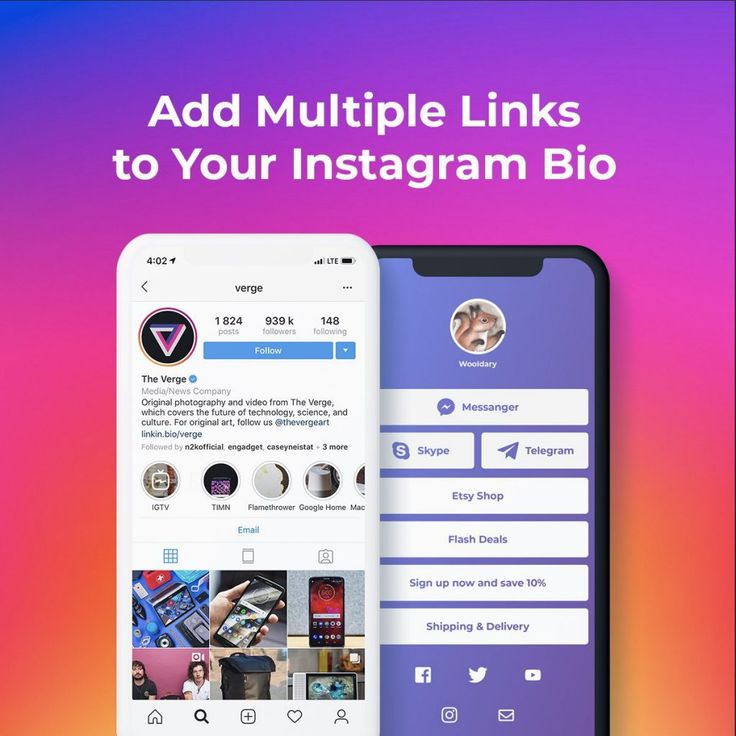
Advertising on Instagram can be one of the most effective ways to quickly improve brand awareness, grow followers and drive revenue. To get started, you should have some understanding of how your marketing funnel converts on average. With this information, you will be able to calculate what your spend should be in order to reach positive ROI.
Remember that, while the Facebook Ads Manager does provide you with some great metrics, it is also a good idea to use a third-party analytics platform in conjunction with the Ads Manager to understand how your Instagram account is impacted by your ads and by changes to your ad budget.
Instagram advertising: Your step-by-step guide
If you’re looking to get more out of your Instagram marketing, it’s time you tried Instagram advertising.
Instagram has 2 billion active Instagram users each month, and the average user scrolls through the platform for 53 minutes each day. With usage like that, Instagram ads can help you expand your reach significantly.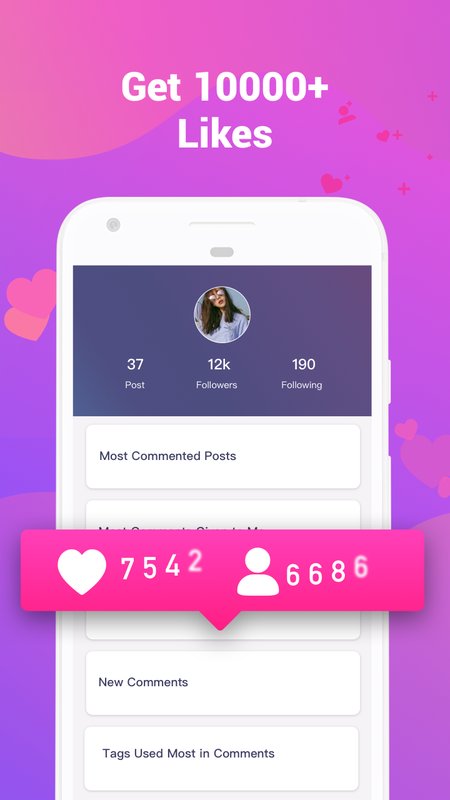
If you’re new to Instagram ads, this guide will help you get started.
Read on to learn more about what Instagram advertising is, why it’s a great strategy for your business and how to create your first Instagram ad campaign.
- What is Instagram advertising
- Why advertise on Instagram
- How much does Instagram advertising cost
- How to create Instagram ads
Instagram advertising is a paid service that businesses use to promote their content. Instagram started offering ad spots to select businesses after Facebook acquired it in 2013. In 2015, Instagram opened advertising to all businesses, and by 2017 had 1 million advertisers on the platform.
Why you should advertise on InstagramOrganic social media strategies might seem cost-effective at first, but they rely on a lot of trial and error, and can only get you so far when you’re up against ever-changing social media algorithms.
This is why it’s so important to focus on a social media strategy that incorporates both organic and paid tactics. This way, you get the best of both worlds. You’re actively engaging with your audience through your Instagram posts, and, with ads, you’re reaching out to an even larger audience that might not know about your brand.
As a visual medium, Instagram ads give you a great way to show off your product. And with Instagram shopping, you can make it easier than ever for Instagram users to convert to customers.
How much does Instagram advertising costThe cost to advertise on Instagram depends on several factors like the mobile device you’re targeting, demographics, day of the week and whether your ad is running during a major televised event.
It all comes down to your target audience, which is why it’s so important to know your Instagram demographics.
To make the most of your marketing budget, dedicate money to ads and campaigns only if they’ll help your bottom line.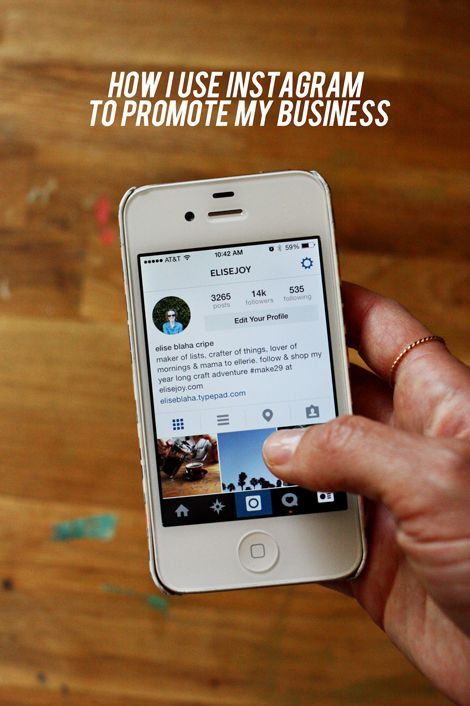
Put money behind posts and content that you already know perform well organically. Test everything to see what performs best, and dedicate most of your ad spend to that. Make sure to measure your ad success and take note of anything that didn’t do as well as you’d hoped.
How to create Instagram adsYou create your Instagram feed ads and Instagram story ads inside the Facebook Ads Manager.
To get started creating your first Instagram ad, log into your Facebook Ad Account, head over to your ads manager and start a new campaign.
Step 1. Choose your ad objectiveOnce you create a new campaign, the first step to creating an Instagram ad is to choose your objective.
If you choose an objective that doesn’t make sense, like creating a traffic ad for a video or a sales ad for an Instagram placement, Facebook will likely deny your ad.
Step 2. Name your Instagram ad campaignAfter selecting your ad objective, you’ll name your campaign.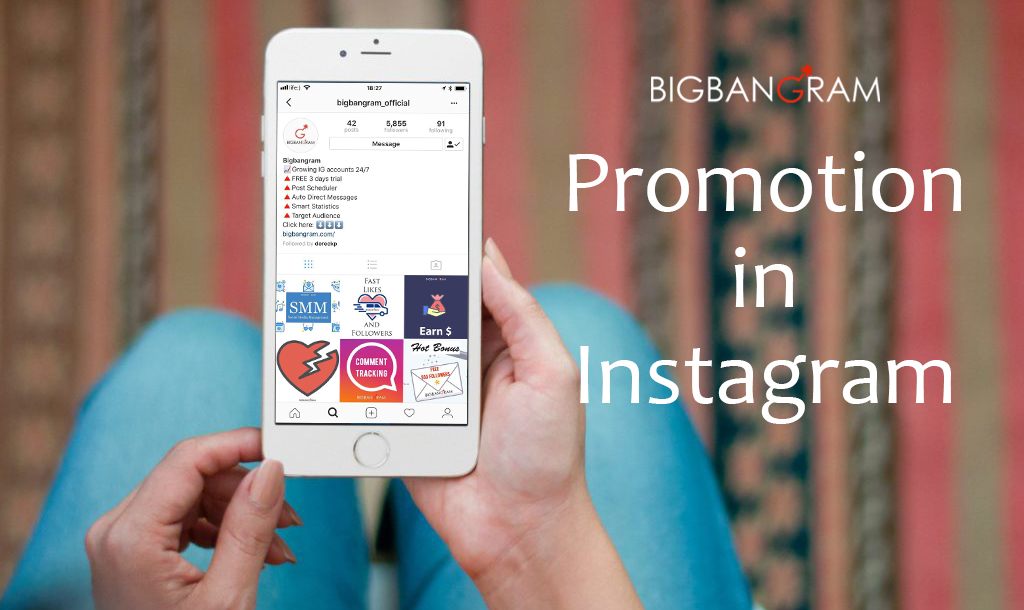 This is the best way to keep track of your ads within the ads manager.
This is the best way to keep track of your ads within the ads manager.
You’ll then select any special categories that apply and specify campaign details.
You can also get started on a split test for different ad variations, as well as decide whether to optimize your budget across ad sets.
If you select Advantage Campaign Budget, the platform will automatically distribute your ad budget across your ad sets. Or you can manually allocate spending for each ad set.
Step 3. Decide how to design your adsYou can design your ads, or choose “Dynamic creative,” if you want the ads manager to create your ads. If you go that route, you’ll upload the various ad elements—images, CTAs, and ad copy, for example—and the ads manager will test different designs.
Step 4. Choose your optimization and deliveryNow, decide how you’ll be charged when you run ads.
Step 5. Define your ad budget and scheduleWhen you advertise on Instagram, you have full control over when you’ll run ads and how much you’ll spend on them.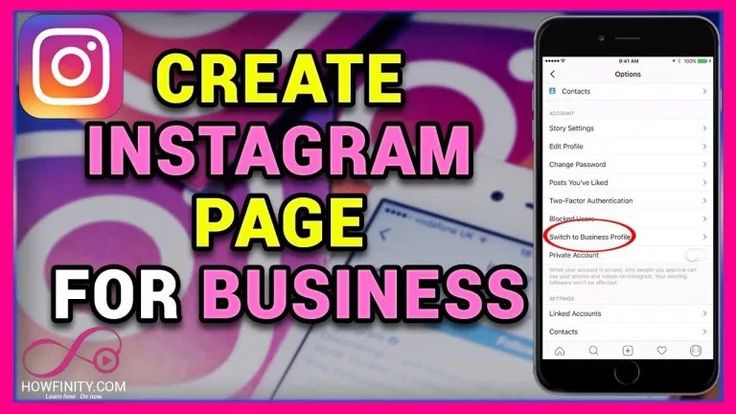
First, choose between a daily budget and a lifetime budget. Daily budgets allow for your ads to run indefinitely while spending up to your allotted amount each day (you can still set start and end dates), while lifetime budgets will run for a set amount of time.
If you choose a lifetime budget, you can also select a specific schedule for your ads. Perhaps you want them to appear only on weekdays or weekends. You’re able to manually choose the days and times your ads will appear for your target audience.
Step 6. Target your audienceAh, now the good part! Targeting your audience is how you’ll optimize your Instagram advertising strategy.
You don’t want to waste money by trying to target anyone and everyone. This is your opportunity to really nail down the demographics, interests and behavior of your brand’s target audience.
Step 7. Choose your ad placementsThis is where you’ll decide where to display your ad.
To advertise on Instagram only, uncheck Facebook and check Audience Network.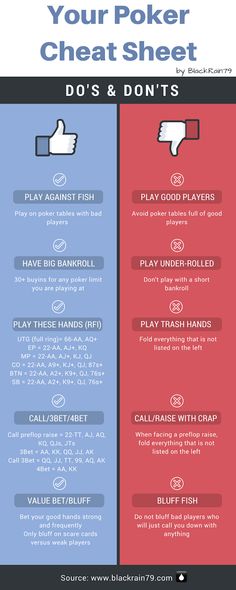
Once you’ve completed the last three steps, click continue to head over to your ad creation dashboard. This is where you’ll upload your content, write your ad copy and publish your ad.
This is also a good time to give our Instagram ad sizing guide a second look to ensure you’re uploading the correct sized ad assets.
Different formats are available based on the ad objective you chose, but the basic Instagram ad formats are:
- Photo ads: These include a single image, so you want to make sure it’s a good one.
- Carousel ads: These allow users to horizontally scroll through multiple images or videos on their mobile device.
- Slideshow ads: These are similar to carousel ads, only the images “play” automatically (no scrolling required).
- Instagram video ads: These are video clips that can be from 3 seconds to 60 seconds long.
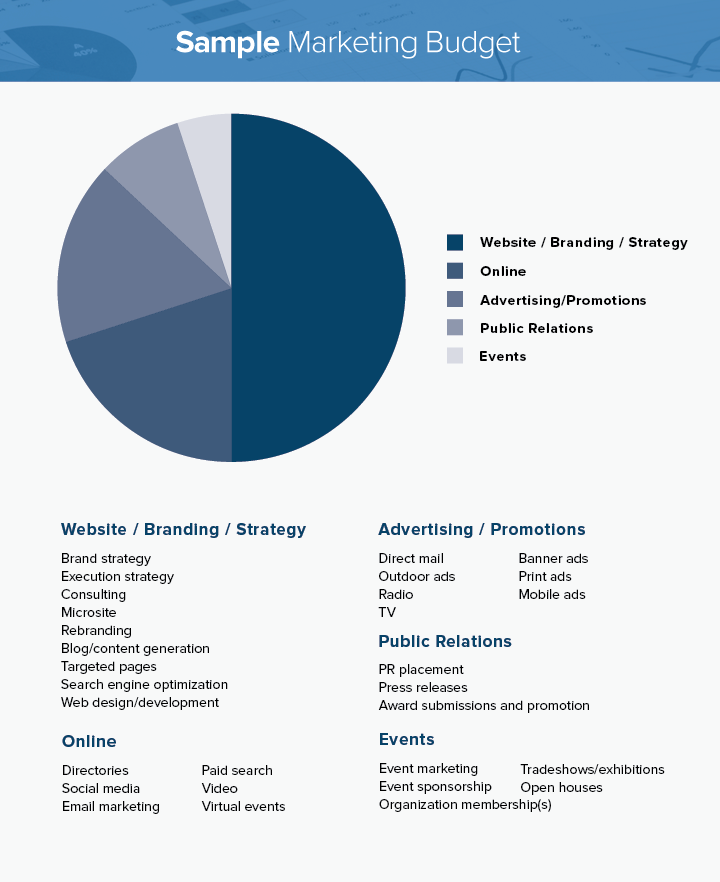
You’ve created your ad, but it’s essential to check up on performance.
With Sprout’s Paid Performance Report for Instagram, you can track any number of Instagram advertising campaigns for the metrics that matter most.
Sign up for a free trial today and let Sprout take care of the rest.
Start your free Sprout trial
Advertise on Instagram todayReady to start creating Instagram ads on your own? We can’t wait to see what you put together.
If you’re looking for more tips to manage your entire Instagram strategy, check out our comprehensive guide for improving your Instagram marketing strategy.
10 ways to waste your budget on advertising on Instagram - Marketing on vc.ru
1. Run ads without strategy and sales funnel.
7647 views
Many people think that advertising on Instagram is a simple tool where you press the "promote" button and get the cherished customers. Perhaps such a scheme works in a simple business, where you are both the owner, the targetologist, and the service provider. But when your requests are processed by sales managers, at least, everything becomes much more complicated. Therefore, I advise you to make at least a minimal funnel, and for this you need to answer the following questions:
Perhaps such a scheme works in a simple business, where you are both the owner, the targetologist, and the service provider. But when your requests are processed by sales managers, at least, everything becomes much more complicated. Therefore, I advise you to make at least a minimal funnel, and for this you need to answer the following questions:
1. How much do you plan to earn from sales?
2. How many sales do you need?
3. What is the average bill?
4. What is the conversion of an application/client from Instagram?
5. Does the application come in messages on Instagram or does the traffic go to the site?
6. If there is traffic to the site, what is the conversion of the site into an application on the site?
7. What is the purpose chosen for launching advertising (messages, traffic, lead generation)?
8. What is the limit price per bid?
9. What is the total budget for advertising on Instagram / for what period?
2.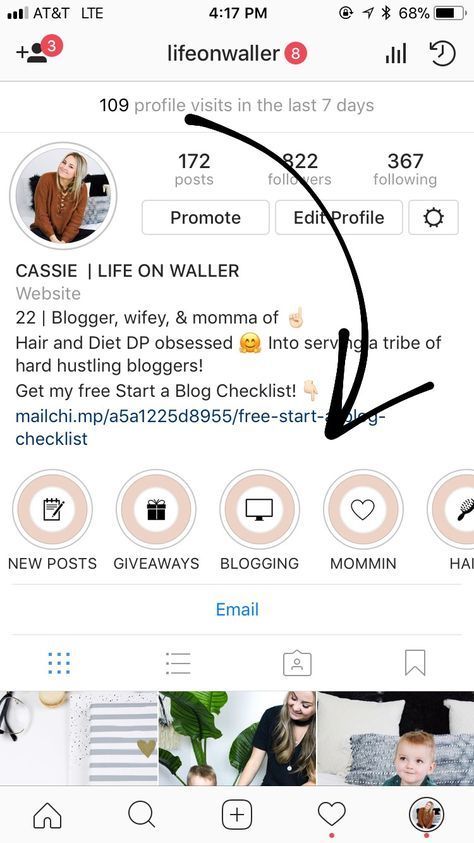 Select the "Traffic" objective and show ads to everyone who matches the demographics and geography.
Select the "Traffic" objective and show ads to everyone who matches the demographics and geography.
I often see this problem with my targeting students. For example, you launched an ad and are waiting for a message to direct Instagram, the ad is being unrolled for more than a week, and the result is 0. When analyzing the purpose of displaying an ad, it turns out that the “Traffic” goal was used for the audience “all Women from Kaluga aged 35-55 years”. What happened in this case:
- Wrong goal, did not give the expected results, because the instagram algorithms were looking for an audience for you that "clicks" on the links. There should be a "Message to Direct" target if you're expecting a Direct message.
Waiting = target
- Wrong audience. If your Instagram account is set up for promotion and has a minimum of 1000 followers, then you need to show ads to those who have already had contact with your brand if you expect to receive a purchase request.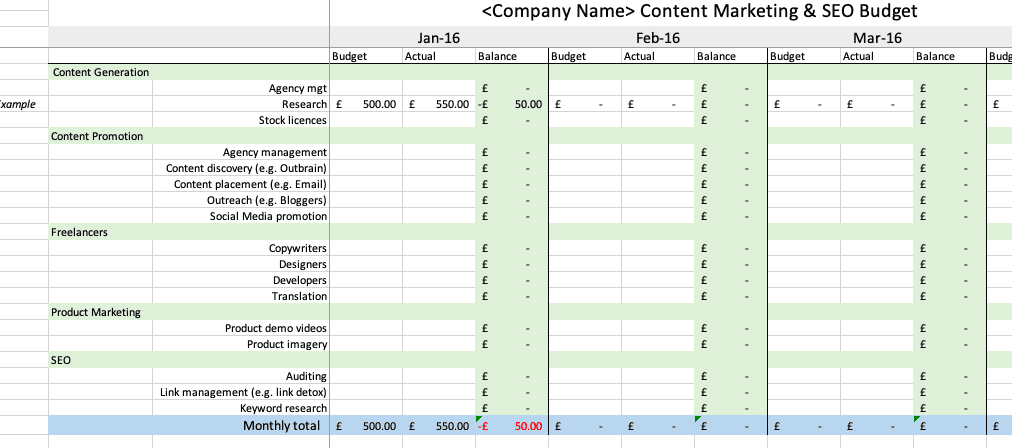 Therefore, we use the “Audiences” tool in the Facebook advertising account and create a custom audience (there are 12 ways to do this).
Therefore, we use the “Audiences” tool in the Facebook advertising account and create a custom audience (there are 12 ways to do this).
The same story with the goal "Traffic" to the site, here at least you need to change the parameter "Impression optimization" from clicks to page views, but it's better to set up goals on the site, conversions in the Facebook advertising account and run ads with the goal "Conversions"
3. Don't touch ads for a couple of weeks.
Everyone around teaches that it is better not to touch advertising in the first 7 days, let him learn. That's right, campaigns need to "Learn," but that doesn't mean they shouldn't analyze performance and make adjustments.
After 72 hours, you can already understand which ads can be turned off and which ones can be scaled. And if you have a small audience gathered to display ads and the display frequency has exceeded 2 without good results, then you may need to change creatives and text.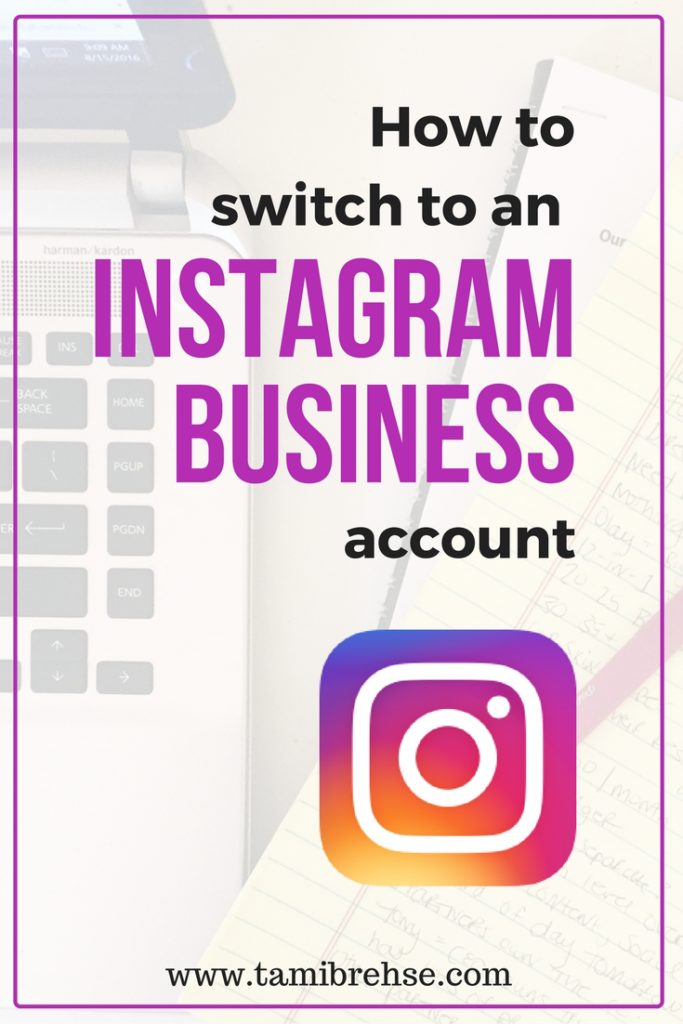
Personally, I check clients' campaigns on a daily basis, which allows me to react in time if there are negative changes or to strengthen effective campaigns.
4. Most Facebook account tools are not needed for effective advertising.
Also a delusion, because Facebook advertising account is a “money making machine” if you know how to use it correctly, for example:
, etc. the more you master the possibilities of the advertising account, the more options you have to get yourself the cheapest applications.
5. Do not use retargeting campaigns, your customers will remember about you and come.
On Instagram, people don't come to buy, but to have fun. Unlike search engines Yandex and Google, where people are looking for something with a specific request, that is why applications through Instagram are more expensive and “colder”. Therefore, be sure to start retargeting campaigns. This can be advertising for those who visited your Instagram profile or your website, for those who have already bought goods / services from you and were satisfied, etc.
Moreover, these campaigns "return" those who could put the product in the cart and did not buy, who left a request in Direct messages and did not buy, who saved your publications or studied the site for a long time. This is a very “warm” audience, which may not have been enough to complete a purchase or leave a request.
6. Don't use the Facebook pixel, it's a strange thing for programmers.
If you have a site that receives traffic and no Facebook pixel, then you lose the opportunity to return a potential client or remind you of an unfinished action.
Also, you won’t be able to set up Instagram impressions for people who are more likely to buy your product, leave a request for a service, register for a webinar, or subscribe to an auto funnel. Without the Facebook pixel, the advertising system simply won't know what kind of audience you need.
If you don't have a website, but have, for example, a taplink, then you can also put a Facebook pixel there.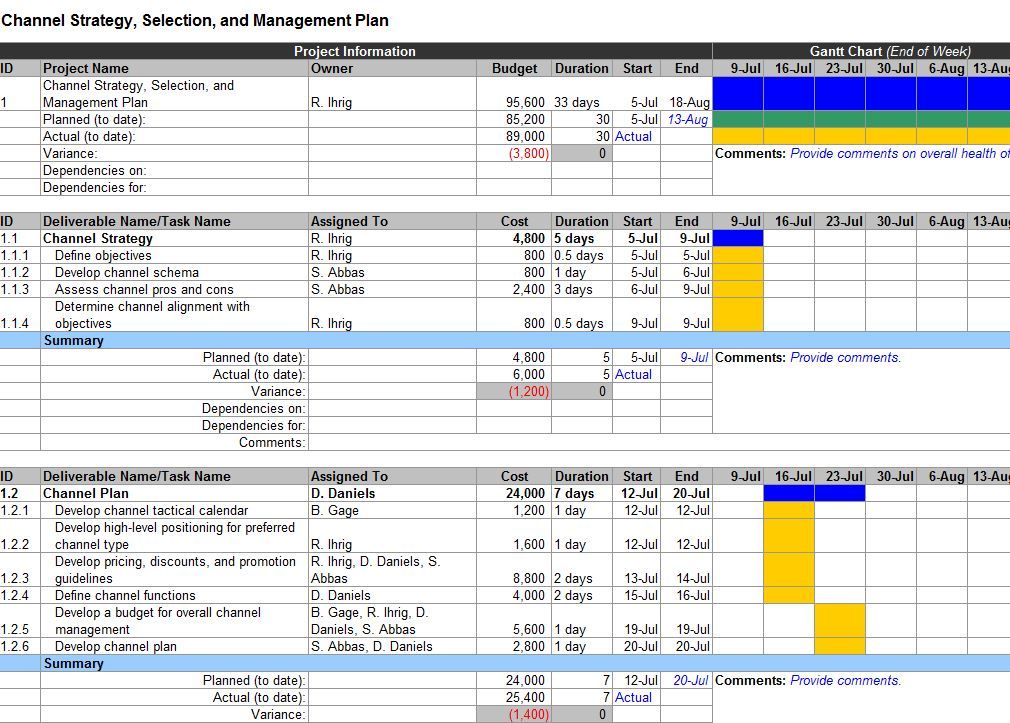
7. Don't work on ad texts, it's enough that you have a discount.
Another big mistake many marketers and targetologists make. Now it's not enough to hang a discount to get bids at a good price. It is necessary to work out the pains of potential customers and the main factors in making a purchase decision. Pay attention to how quickly people scroll through the feed on Instagram, a few seconds and your ad will be scrolled through, because it “didn’t hook on”. And in order to “hook”, you need to pick up a visual and hook it with a headline.
How to catch a headline? Sharpen the prospect's pain or project the aftermath of the purchase.
Basic errors:
- Write a lot of words instead of dry specifics
- Do not state what needs to be done to receive an offer
- Do not show offer
- Do not prescribe a solution to a client's pain with your product
An example of an advertising text where there is no offer and call to action, it is completely unclear what needs to be done and why now.
An example of a promotional text where there is an intriguing headline that touches on pain and it is clear what needs to be done to get an offer.
8. Use stock photos, professionally taken.
Banner blindness has not been canceled, and if you use stock photos, then your creative is more likely to be scrolled through. Very often there are cases when even competitors use the same photos from stocks, here your “visual” will certainly not catch on.
Even using your smartphone, most smartphones have good cameras, you can project a potential client's pain solution situation, take pictures in various forms and get a great visual that will “hook”. Sometimes even just text on a white background makes good bids if an offer is used that solves the problem of the audience and ad impressions go to the right audience.
9. Do not analyze the results, this is redundant information.
The functionality of the Facebook advertising account allows you to conduct a detailed analysis by gender, age, placement, device, etc. all those who have completed the necessary target action. Therefore, you can know the characteristics of the audience that performs conversion actions at the lowest price, even if you are advertising through the “Promote” button.
all those who have completed the necessary target action. Therefore, you can know the characteristics of the audience that performs conversion actions at the lowest price, even if you are advertising through the “Promote” button.
Breakdown by placement and device
Breakdown by sex and age
And if you drive traffic to the site or use the "conversion" goal, then with the help of utm markup you can find out exactly which of the creatives and texts gave you the best result. How to collect a link with utm tags is easy to find in a Google search.
Yandex Metrica report on utm tags
10. If those who came from online advertising didn’t buy from you the first time, then advertising on Instagram doesn’t work.
The biggest misconception. If you made the standard mistakes from the 9 points above, then advertising on Instagram will not work for you.
Or maybe you have a transaction cycle of 1. 5 months and you will see the effect of advertising only after 3 months? And if you calculate LTV in a year, it may turn out that advertising from Instagram gave potential customers who bought more than once.
5 months and you will see the effect of advertising only after 3 months? And if you calculate LTV in a year, it may turn out that advertising from Instagram gave potential customers who bought more than once.
Instagram ads won't work if you get 100 leads and the sales manager closes only 2 deals and says bad leads.
Also, advertising will not work if you sell a product that is not in demand on the market or is not competitive.
There can be a lot of factors here. Don't fall for the point - don't expect Instagram ads to generate instant sales and that all you have to do is hit the "promote" button.
Instagram has lowered the business entry threshold to 0, so the market is oversaturated with offers of all kinds of goods and services. Now imagine the hunt for the attention of the audience on Instagram, especially those who actually buy. If you want to sell from Instagram, you will have to work out everything in detail and study the Facebook advertising account well.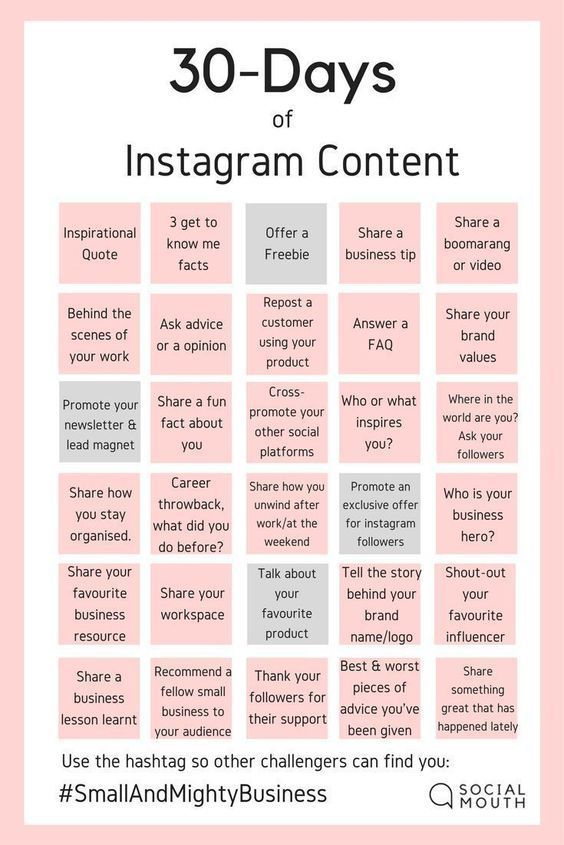
❗Paid advertising on Instagram and how to use it effectively
Even though Facebook and Instagram ads are set up using the same Ads Manager control center, the ad costs differ between these social networks. Because Facebook has been around longer, has more data and more ad space than its younger sibling, Instagram will indeed cost a bit more in some cases. But this fact should by no means be a reason to refuse to explore the possibilities of such an attractive and effective application that perfectly complements the Facebook ecosystem. Using Instagram may be slightly more costly due to fewer ad spaces and increased competition for impression share, but in terms of overall performance, it can also significantly outperform Facebook.
Paid advertising on Instagram is a powerful marketing tool that complements the ability of companies to fill the feed, stories and "Interesting" section.
As the platform evolves and the need for more impressions arises, ads may well be added to the Reels and InstaGram TV services.
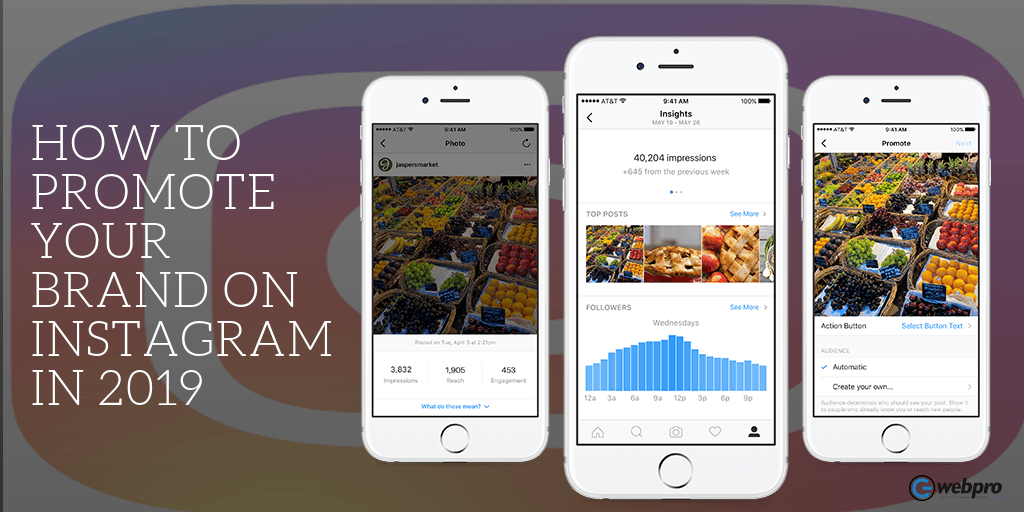
Advertising on Instagram, just like on Facebook, has flexible settings and advanced targeting functions, which makes it available for almost any business. If this visual platform is popular among a certain target audience, then you should think about placing ads there. To help guide you, the following questions will be discussed below:
- How does Instagram advertising work?
- Why is it worth the money?
- Pricing factors
- Average rates
- How to get the most out of your ad budget
What follows is a brief overview of how Instagram advertising works, benefits and costs in 2021.
How does advertising work in Instagram ?
Depending on the purpose of the campaign, advertising broadcast on Instagram can:
- have up to 18 call-to-action button options;
- transfer the user to a specific site;
- allow users to download applications or make purchases in online stores.
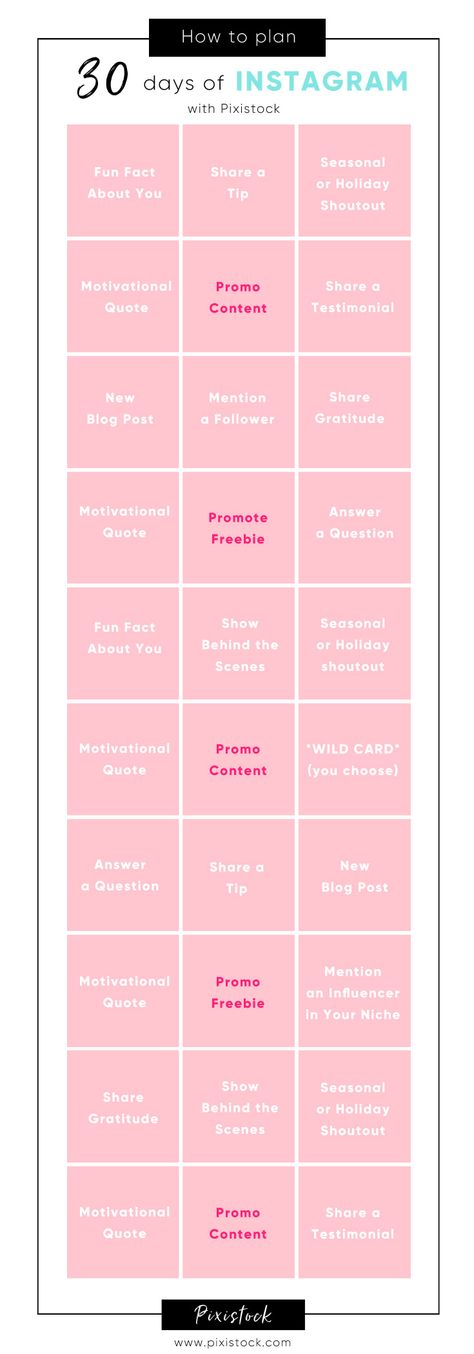
You don't even need an account. Since the service is owned by Facebook Inc, the only thing required is a Facebook business page. However, the benefit of having an Instagram account is still there: thanks to its presence, it will be possible to get acquainted with the content that best suits the preferences of the target audience, as well as complement and improve the marketing efforts undertaken.
Use the Ads Manager tool to configure your future ads. With it, you can set up advertising campaigns, ad groups, for which you can specify the size of the budget, select the target audience, ad placements, and optimization options.
As with Facebook, Instagram ads will perform according to your chosen time frame, budget, audience, and optimization goals.
Why advertising at Instagram worth the money?
Social media advertising is very useful, in particular the payment for advertising impressions on Instagram, which is especially beneficial compared to the usual running of campaigns or promotions directly from the organization's account.
Advanced targeting
Instagram, which has a monthly audience of over 1 billion users, is second only to Facebook in this indicator. Both platforms have an incredibly powerful arsenal of targeting data, and since Instagram is part of Facebook, Instagram ads take full advantage of a combined array of demographic and geographic statistics. Facebook ads are highly effective precisely because of advanced targeting, which provides the opportunity for fine-tuning when focusing on different consumer audiences. Whether used:
- native Facebook customizations suggested based on interest, behavior, and other demographics,
- or building your own custom audience using Facebook Pixel toolkit or SDK, email lists, other sources, it is possible to succeed in attracting the right people in the process of conducting retargeting campaigns and finding new customers.
Higher engagement rates
One of the factors behind Instagram's popularity is its high engagement rate, both organic and through paid advertising.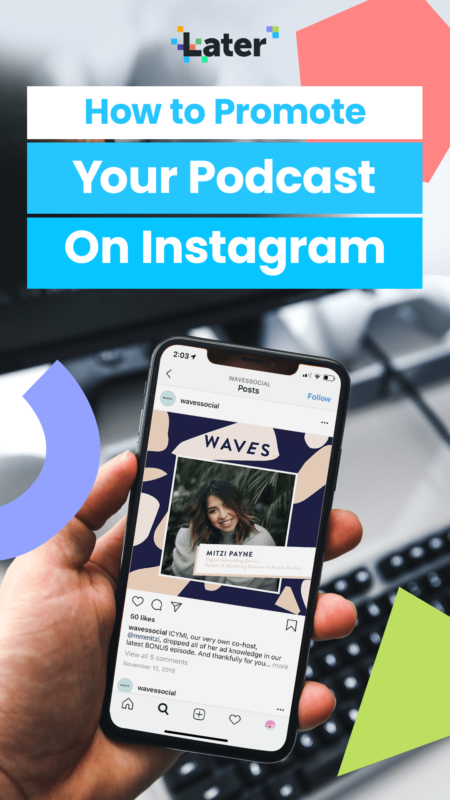
Images posted on Instagram get 23% more attention on average than on Facebook.
In terms of organic engagement, Facebook has almost no organic reach, while the content of large companies that are present on Instagram is regularly viewed by about 4% of followers. While it's better than nothing, it's a smart move to invest more in paid advertising to increase your visibility and reach. Decent results can be achieved using any form of visual content, but video advertising is more attractive in terms of engagement (by about 38%) for many businesses. Images and videos that form the visual basis of Instagram are much more effective in attracting attention compared to platforms degrees focused on textual representation of information.
External links
Instagram does not currently support hyperlinks in regular posts. You can include the link in the header or body of the message, but the recipient must manually copy and paste it into their browser or follow the link in the profile description. When you connect paid advertising, you can add external links, which allows you to specify a specific website or other external URL as the target address. To be able to better track conversions from Instagram ads, it is recommended that you use your own site with a pre-configured Facebook Pixel, as it may not be available on third-party sites.
When you connect paid advertising, you can add external links, which allows you to specify a specific website or other external URL as the target address. To be able to better track conversions from Instagram ads, it is recommended that you use your own site with a pre-configured Facebook Pixel, as it may not be available on third-party sites.
Longer videos
Videos can be up to 60 seconds long in the feed and Explore tab, and up to 15 seconds in story view. Accordingly, if advertising is launched in all these places at once, then in total you can get up to 2 minutes of video content. This gives more opportunities to present not only the brand itself, but the features and benefits of the offer through a visual presentation of products and / or services.
How much will advertising cost?
In the case where there is a target URL, the cost per conversion for the Link Clicks metric will range from $0.
50 to $0.95. The CPC for the "Clicks (all)" metric is slightly lower, ranging from $0.40 to $0.70.
This metric takes into account all clicks on an ad, including not only clicks, but also likes, reactions, comments and reposts. In terms of cost per thousand impressions (CPM), starting January 1, 2021, you will need to spend at least $2.50 - $3.50 to run the most effective campaigns with eligible ad sets. Engagement costs will be $0.01 - $0.05.
The data also shows that CPMs on Facebook are almost 2 times higher than on Instagram, while CPCs are typically half as much.
Pricing Factors
Instagram ad pricing, like other platforms, depends on a number of variables. The costs can vary significantly depending on what is chosen as the goal of the advertising campaign, and how this goal correlates with the position that the target audience occupies in the sales funnel. If the goal of the campaign is to increase brand awareness, then it will cost less than the action located lower in the funnel and, accordingly, with more value (for example, conversions).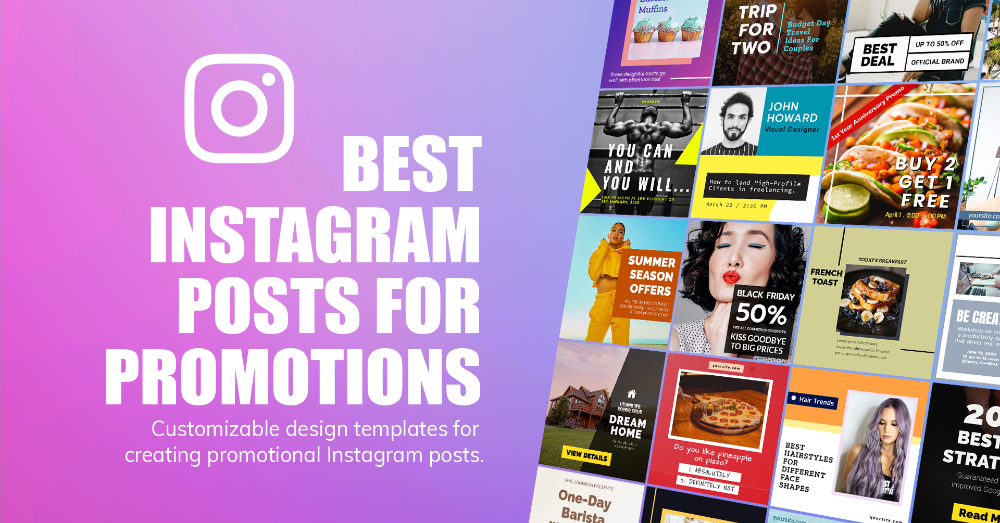 Showing ads to a wide and cold audience to better educate them about the brand will be less valuable than when a certain number of potential customers familiar with the product and offers have already moved closer to the bottom of the funnel. These people are willing to shell out or take a higher value action in a retargeting-focused conversion campaign that can be optimized for purchases.
Showing ads to a wide and cold audience to better educate them about the brand will be less valuable than when a certain number of potential customers familiar with the product and offers have already moved closer to the bottom of the funnel. These people are willing to shell out or take a higher value action in a retargeting-focused conversion campaign that can be optimized for purchases.
Other variables that play a role in determining advertising prices include audience size. Reaching a wider audience will generally be cheaper as there is less competition for groups of people. And vice versa, as the audience narrows, for example, due to the clarification of geotargeting parameters or age limits, the price will grow in parallel with the increase in competition for its representatives. Retargeting audiences are usually small too, which is why retargeting campaigns often come with higher costs.
Pricing is also affected by the size of the budget. If it is small, and the advertising campaign or ad set is launched from scratch, then the exit from the learning phase may be delayed. At first, until the system learns and understands the type of campaign, optimization goals, and how the audience reacts to advertising, the cost of advertising can be higher. If the ads are attractive enough, Facebook and Instagram will reward you with smaller ads over time.
At first, until the system learns and understands the type of campaign, optimization goals, and how the audience reacts to advertising, the cost of advertising can be higher. If the ads are attractive enough, Facebook and Instagram will reward you with smaller ads over time.
Click-through rate (CTR) can be significant. If it is low, the cost may be higher because the system will assume that there is some mismatch between the content of the ads and the target audience. CTR is a reliable indicator of the extent to which an ad resonates with its target audience.
Approximately 2% is considered a normal CTR level, the achievement of which will allow counting on cost reduction.
How to save on advertising in Instagram
For the most efficient use of the budget, the first step is to determine the goals of the advertising campaign, which will be in line with the sales funnel. If the intent is to target a colder, broader audience, start with less expensive campaigns to provide more exposure to those potential customers who are already aware of or interested in the brand.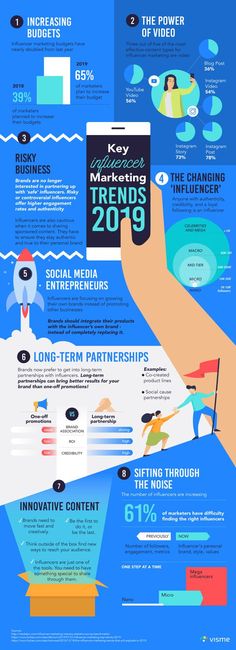 Better yet, test your website traffic campaign to get those users to visit your site from Instagram and be registered with the Facebook Pixel tool. This will provide an opportunity for their subsequent retargeting if the conversion does not occur at the previous stage. More often than not, users need to make several interactions with products, perhaps buy something and compare with competitors' offerings, before they have enough trust in the brand. Subsequently, these people will come back to you through retargeting or other means to finally make a purchase. Impulse buying can be successful if you sell an inexpensive product that does not require much market research.
Better yet, test your website traffic campaign to get those users to visit your site from Instagram and be registered with the Facebook Pixel tool. This will provide an opportunity for their subsequent retargeting if the conversion does not occur at the previous stage. More often than not, users need to make several interactions with products, perhaps buy something and compare with competitors' offerings, before they have enough trust in the brand. Subsequently, these people will come back to you through retargeting or other means to finally make a purchase. Impulse buying can be successful if you sell an inexpensive product that does not require much market research.
Another way to reduce costs is to use the automatic placement option in your Facebook and Instagram ad settings. With a wide margin for maneuver, the system can use its own algorithm to determine where it is best to place ads. As a result, both the total number of options for both platforms and the volume of ad impressions increase, reducing competition in the three current Instagram ad placements (Feed, Stories, and Explore) and lowering costs.


